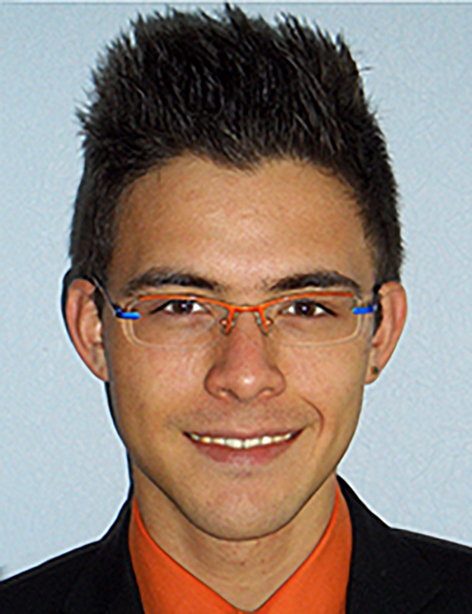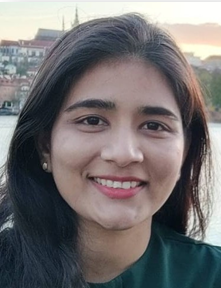PULS Group, Institute for Theoretical Physics, FAU Erlangen
Toward quantitative modeling and simulations of structure formation in epithelium – relating tissue topology and homeostasis

Project overview. Quantitative analysis and modeling of interaction of epithelial tissues and the environment. (A) An example of experiments for stretching a colony of MDCK cells. (B) Analysis of experimental images with well-established methods to follow individual cells and quantify different properties of cells such as distribution of cell area as plotted here. (C) Continuum models developed to describe the dynamics of the spatial profile of cell density (n) with cell velocity (v) and active terms (k). The results fit very well with the colony growth experiments. (D) Simulation of growth and stretching of tissues at the level of individual cells (vertex model).






